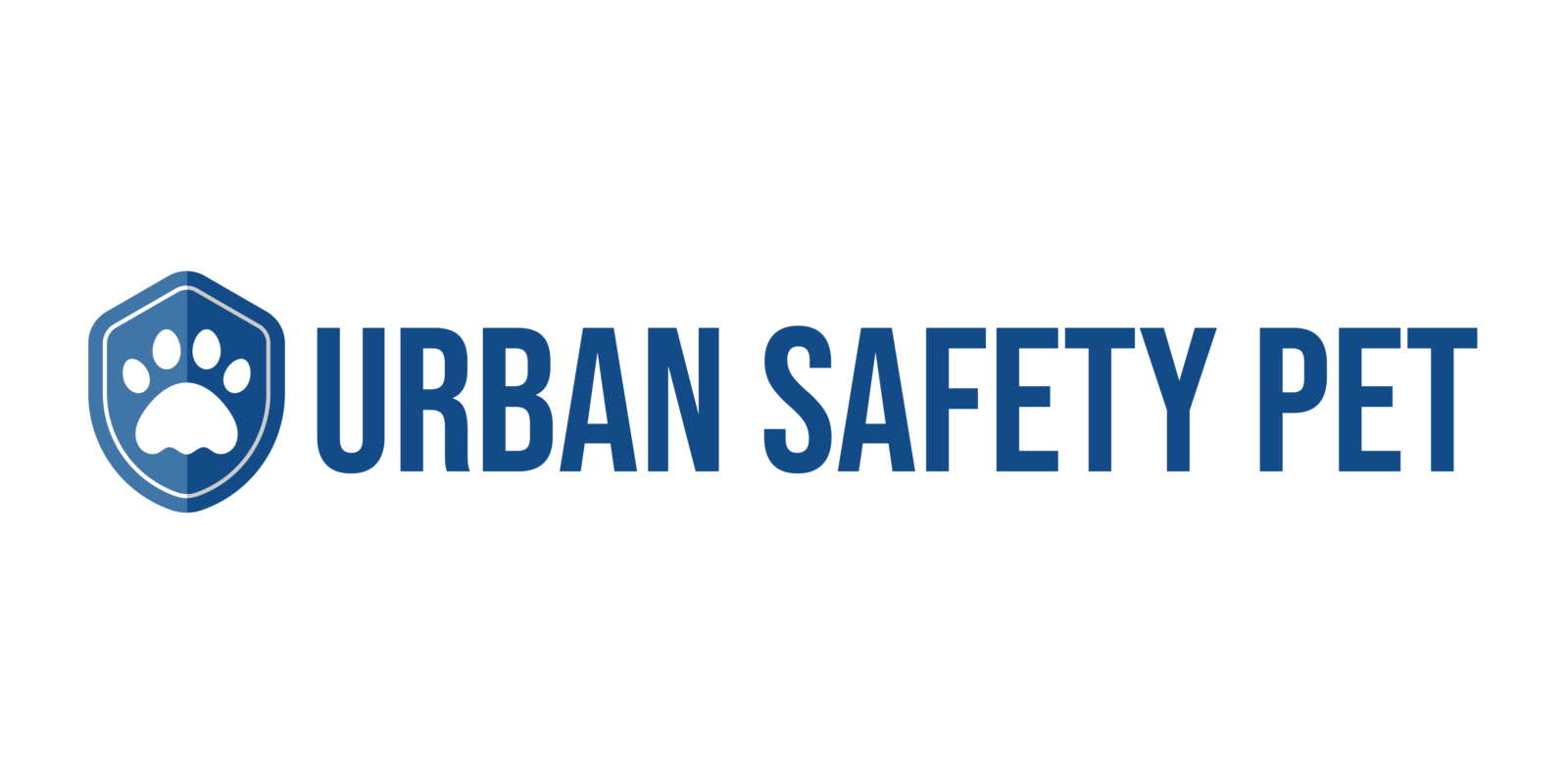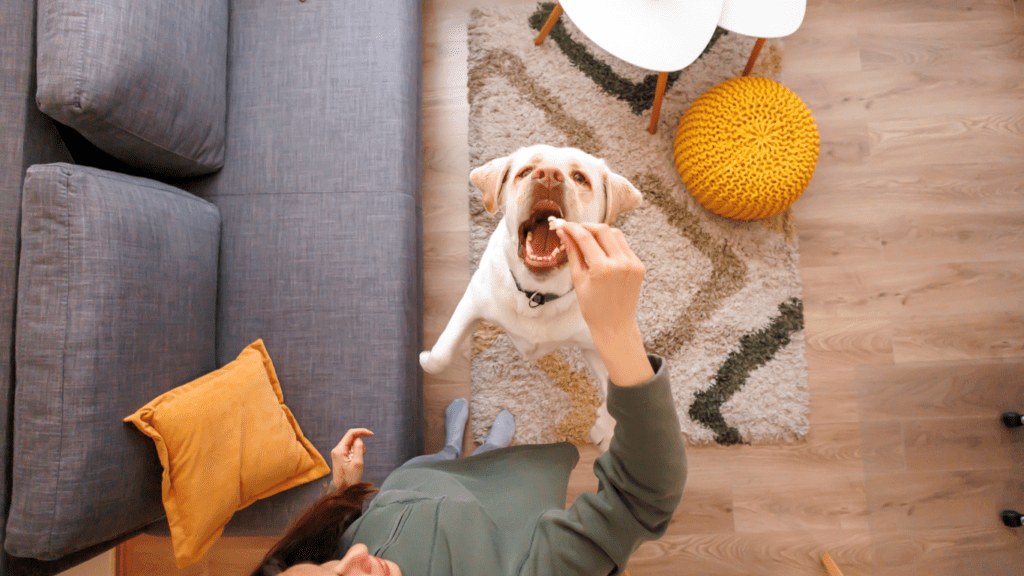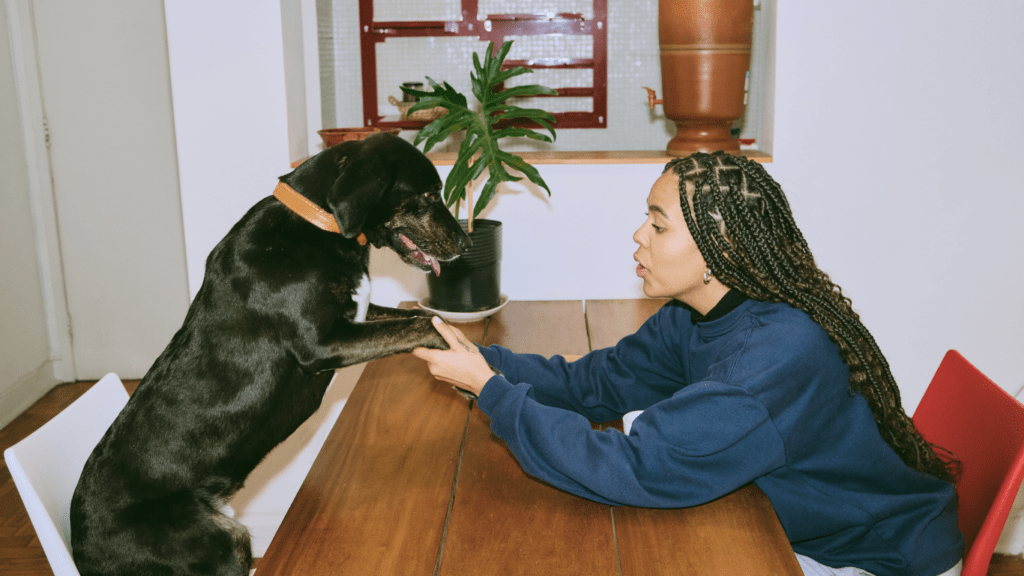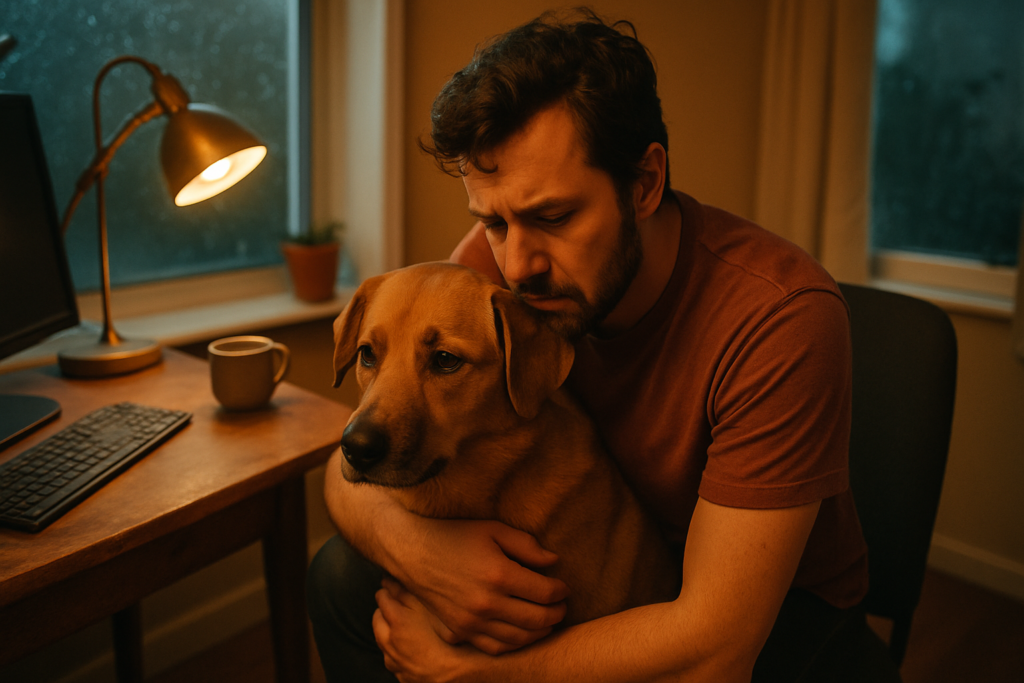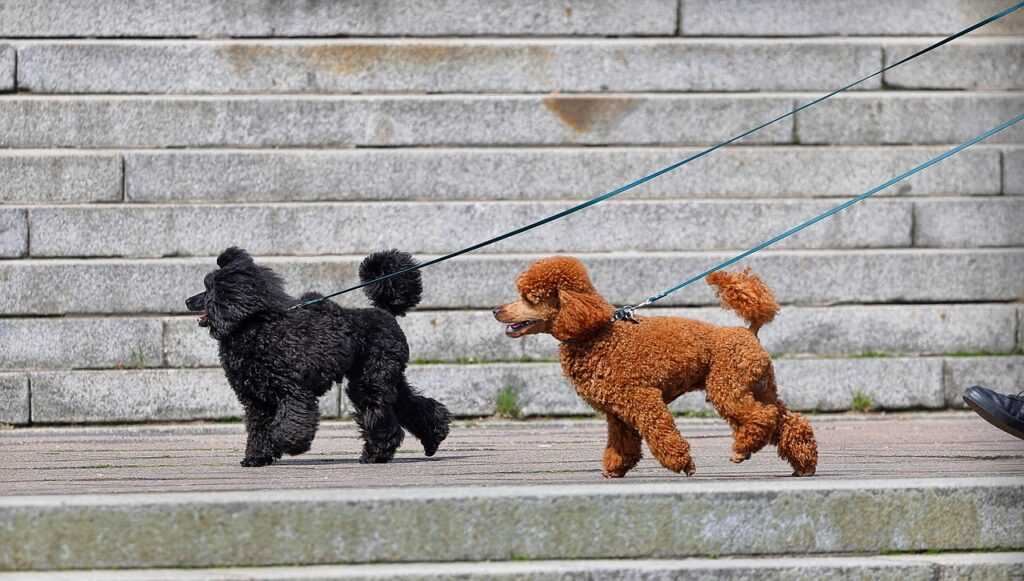Understanding House Training
House training a pet involves teaching them where and when it’s appropriate to eliminate. This process requires patience and consistency. By following key principles, it becomes easier to manage expectations and foster positive behaviors in pets.
Key Concepts
- Routine Establishment: Pets thrive with consistent routines. Establish regular times for feeding, walking, and bathroom breaks.
- Positive Reinforcement: Reward desirable behavior immediately. Use treats or praise to encourage proper elimination habits.
- Supervision: Keep pets under close watch. Use leashes indoors or restrict access to specific areas to prevent accidents.
- Accidents Handling: Clean accidents immediately with enzyme-based cleaners to remove odors and prevent repeat incidents.
Tools and Techniques
Consider the following tools and methods to streamline house training:
- Crate Training: Use crates as safe spaces. Introduce pets gradually and ensure the crate isn’t too large to discourage accidents.
- Pee Pads: Place pee pads in designated areas. Gradually move them closer to the door to transition pets outside.
- Consistent Commands: Use simple, clear commands like “go potty”. Ensure everyone in the household uses the same language.
Monitoring Progress
Track your pet’s progress to identify patterns and make adjustments. Note the frequency and timing of successful eliminations and accidents. Adjust routines and reinforcement methods based on this data.
- Regression: Some pets may regress during training. Continue with established routines and reinforcements to address this issue.
- Medical Issues: Consult a vet if house training problems persist, as they could indicate underlying health issues.
Choosing the Right Method
Selecting the correct method for house training hinges on your pet’s needs and your living situation. Here are two effective techniques.
Crate Training
Crate training can help establish routines. Pets consider crates as their den, making them less likely to soil the area. Start with a crate size appropriate to your pet’s size.
Ensure it’s large enough for them to stand, turn, and lie down comfortably. Introduce the crate with praise and treats, building a positive association. Use the crate during times when you can’t directly supervise your pet. Gradually increase crate time to avoid stress, addressing any signs of distress by reducing the time spent in the crate.
Puppy Pads and Paper Training
Puppy pads and paper training offer convenience, especially in apartments. Place pads in a designated area where accidents commonly happen. Move the pad closer to the door over time, eventually transitioning outside.
Praise your pet for using the pad, reinforcing the behavior. Keep the pad’s location consistent to prevent confusion. Replace soiled pads promptly to maintain cleanliness and encourage repeated use.
Selection depends on your pet’s temperament and your environment.
Establishing a Routine
Creating a consistent routine simplifies house training for both you and your pet. Establishing regular habits helps your pet understand expectations and adapt faster.
Setting a Schedule
Stick to a consistent feeding schedule. Offer meals at the same times each day to regulate your pet’s digestion. Take your pet outside first thing in the morning, after meals, and before bed. Frequent trips reduce the chances of indoor accidents.
Use a timer to remind yourself of these intervals. For puppies, plan bathroom breaks every 1-2 hours. For older dogs, extend this to 3-4 hours. Maintain consistency even on weekends. Predictable routines foster quicker learning.
Recognizing Bathroom Signals
Watch for signs your pet needs to go. Common signals include restlessness, whining, circling, or sniffing around. Immediately take them outside if these behaviors occur. Consistently reacting to these signals helps reinforce the correct behavior.
Reward your pet with treats and praise after successful trips outside. Positive reinforcement encourages repetition of desired actions. Understanding and responding to your pet’s signals fosters effective communication and speeds up the training process.
Positive Reinforcement Techniques

Positive reinforcement is crucial for effective house training. Rewarding good behavior encourages your pet to repeat it.
Reward Systems
Use reward systems to motivate your pet during house training. Choose high-value treats, such as small pieces of chicken or cheese, and give them immediately after successful behavior.
Praise is another powerful tool. Saying “good boy/girl” in an excited tone reinforces positive actions. Incorporate playtime as a reward. Activities like a favorite game or a new toy can make training enjoyable. Consistency is key; always reward the behavior you want to see repeated.
Avoiding Punishment
Avoid using punishment during house training as it can lead to fear and confusion. Instead, focus on redirecting unwanted behavior. If you catch your pet in the act of an indoor accident, quickly interrupt them with a firm “no” and take them outside to finish.
Clean accidents thoroughly with an enzymatic cleaner to remove all traces of the scent. If accidents occur, reassess your training routine and increase supervision. Positive reinforcement builds trust, making the training process smoother and more effective.
Dealing with Accidents
Accidents happen, and it’s crucial to handle them calmly and efficiently to keep the house training process on track.
Immediate Actions
Address accidents promptly to prevent pets from associating indoor spots with bathroom areas. When an accident occurs, calmly interrupt the pet if caught in the act using a gentle cue like “Oops!” Then, guide them to their designated bathroom area and offer praise if they eliminate there. Avoid scolding as it can create fear and anxiety around bathroom behaviors.
Cleaning Techniques
Effective cleaning is vital to remove all traces of odor and prevent reoccurrence in the same spot. Use enzymatic cleaners designed for pet messes to break down organic material and eliminate smells. Avoid ammonia-based products since they resemble urine smell, which might encourage pets to return to the spot. Thoroughly blot the area with paper towels first to absorb as much urine as possible before applying the cleaner.
Tips for Special Cases
Some pets require tailored approaches during house training. Adjusting methods based on specific needs ensures better results and a smoother experience.
House Training Older Dogs
Older dogs can learn new habits with consistent and gentle training. First, start with a set routine, as older dogs may already have established habits. Gradually introduce changes to avoid overwhelming them. Provide frequent bathroom breaks, especially after meals and naps, to reinforce new habits.
Use positive reinforcement, like treats and praise, consistently. If accidents occur, avoid scolding, which can cause anxiety; instead, calmly clean the area with enzymatic cleaners to remove odors. Consider incorporating crate training as older dogs often appreciate a designated space.
Training Multiple Pets
Training multiple pets requires additional planning and patience. First, establish individual routines for each pet to prevent confusion. Use separate feeding, bathroom, and sleeping schedules to manage each pet’s needs effectively.
Allocate sufficient training time for each pet, ensuring they receive equal attention. Positive reinforcement is key; reward good behavior immediately with treats and praise. Monitor interactions between pets, maintaining a peaceful environment to reduce stress.
In cases of accidents, clean thoroughly to prevent scent marking. If differences in training progress arise, adjust methods to suit each pet’s learning pace.
